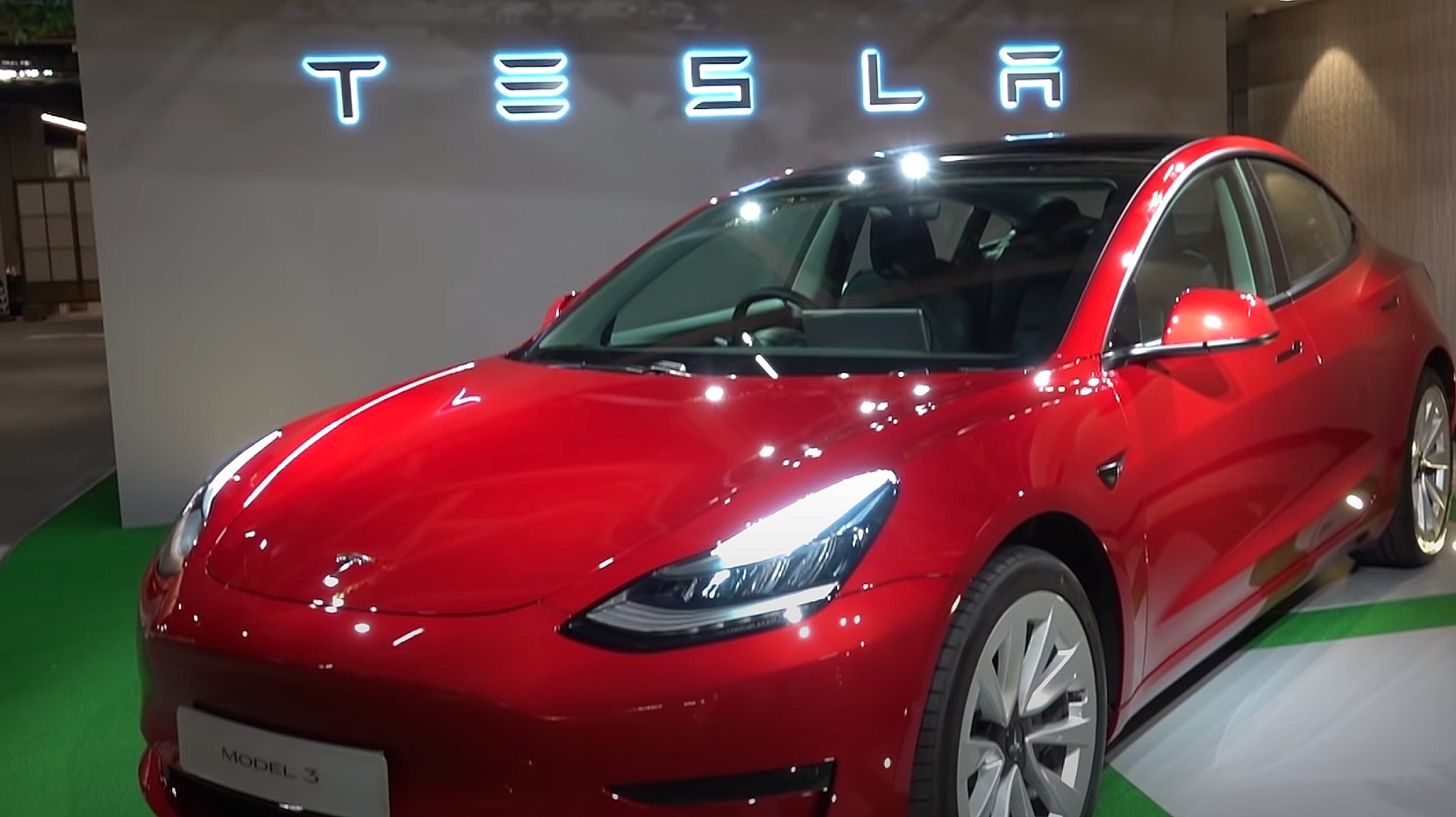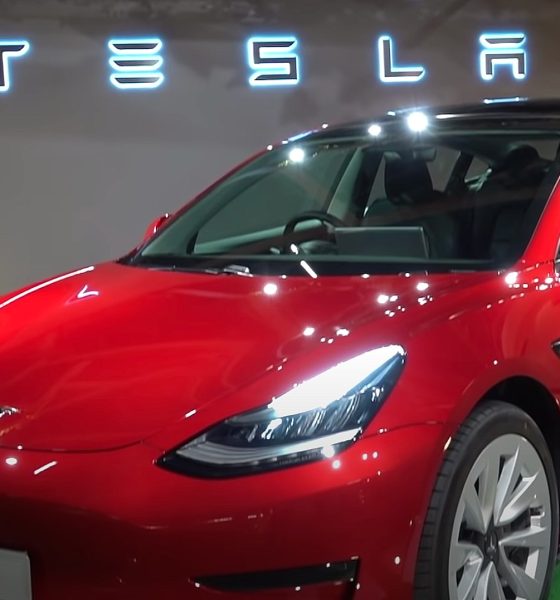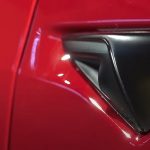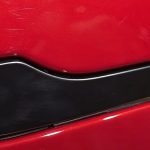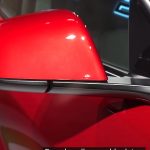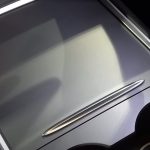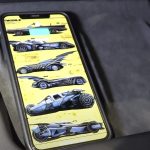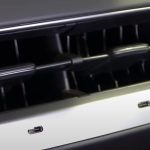Tesla unveiled a new, “refreshed” Model 3 in early October 2020 that equipped several new adjustments to its mass-market sedan’s cosmetic look and performance. However, true, in-depth looks of the vehicle have been hard to come by, as deliveries for the new version of the car have not yet been completed.
Now, the first looks at some of the Model 3’s new features are being displayed in a new video from Hong Kong-based YouTube channel 駕輛 UpCar. The hosts had the opportunity to take an up-close look at the new Model 3 before others have had the chance.
駕輛 UpCar’s hosts state that the new version of the mass-market Model 3 “is really a new car” based on what they’ve seen from Tesla’s additions.
Tesla Model 3 ‘refresh’ goes live with 353-mile range, Uberturbine wheels, powered trunk, and more
Exterior/Cosmetic Updates
While the car’s exterior shape has remained relatively identical, the only minor revision was the headlights, which were spotted on a pre-refreshed version of the Model 3 that was built in China.
One of the most commonly recognized updates on the refreshed Model 3 was the addition of Chrome Delete. Tesla made this cosmetic modification standard with the Model Y, and many owners have been known to manually make this change with third-party kits on their Model 3s. However, Tesla made the Chrome Delete feature standard with the Model 3 refresh. The door handles, side mirror trim, window trim, and camera covers are all chrome deleted.
Double-Paned Glass
The double-paned glass was spotted on several builds of the Model Y in October. However, the feature is also standard with the refresh, although it was spotted on pre-refreshed versions of the Model 3. The additional layer of glass is required to help with interior cabin noise, which has been a common complaint with some electric cars due to their lack of an engine to dampen road noise. The glass also increases insulation and could complement the addition of the heat pump to the Model 3 to keep the cabin a comfortable temperature for passengers.

Powered Trunk
Another similarity between the Refreshed Model 3 and the Model Y is the addition of a dedicated powered trunk. A powered liftgate button was placed in the Model 3, allowing for easy opening and closing of the trunk at this button’s press.
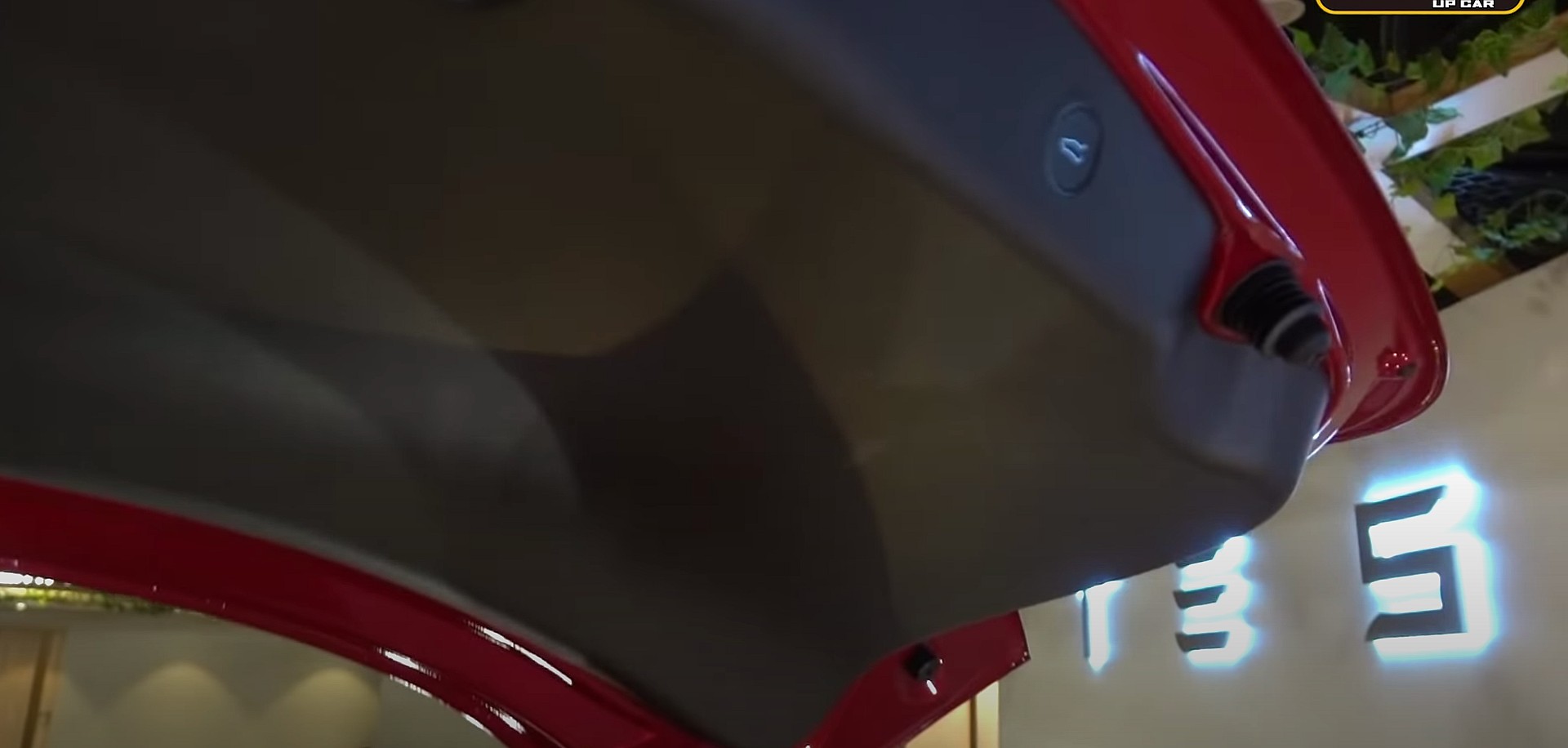
Cabin Revisions and Additions
Teslarati covered the new center console in October, which is also outlined in 駕輛 UpCar’s video. The new design slides and retracts into itself and also has new material. Tesla parted from the piano black as fingerprints and dust were easily noticed. Additionally, a new suede wireless charging platform was placed just above the new center console design. Tesla began installing wireless chargers in the Model X in early 2020, allowing for quick and pain-free charging of compatible smartphones. USB-C ports are also available in the rear, allowing for fast-charging capabilities for passengers in the back of the car.
Performance and Range Upgrades
In terms of performance upgrades, the Long Range Dual Motor AWD improved from 4.4 to 4.2 seconds from 0-60 MPH, and the Performance gained one-tenth of a second from 3.2 to 3.1 seconds. In range, the Standard Range+ variant went from 250 to 263 miles of range per charge, while the Long Range Dual Motor AWD boosted to 353 from 322. The Performance variant also upgraded to 315 miles from its previous 299.
As Tesla begins the shipment of refreshed Model 3s from Fremont, it is only a matter of time before the first few lucky purchasers receive their cars. Increased performance and range ratings are sure to win over new buyers, but the improvements in Tesla’s vehicles will equate to higher quality builds in the future. The advancements could spread across other vehicles in the future, including Tesla’s planned $25,000 sedan that will be available in several years.
You can check out 駕輛 UpCar’s full video on the Model 3 refresh below.
H/t: Drive Tesla Canada

News
Waymo sues Santa Monica over order to halt overnight charging sessions
In its complaint, Waymo argued that its self-driving cars’ operations do not constitute a public nuisance, and compliance with the city’s order would cause the company irreparable harm.

Waymo has filed a lawsuit against the City of Santa Monica in Los Angeles County Superior Court, seeking to block an order that requires the company to cease overnight charging at two facilities.
In its complaint, Waymo argued that its self-driving cars’ operations do not constitute a public nuisance, and compliance with the city’s order would cause the company irreparable harm.
Nuisance claims
As noted in a report from the Los Angeles Times, Waymo’s two charging sites at Euclid Street and Broadway have operated for about a year, supporting the company’s growing fleet with round-the-clock activity. Unfortunately, this has also resulted in residents in the area reportedly being unable to sleep due to incessant beeping from self-driving taxis that are moving in and out of the charging stations around the clock.
Frustrated residents have protested against the Waymos by blocking the vehicles’ paths, placing cones, and “stacking” cars to create backups. This has also resulted in multiple calls to the police.
Last month, the city issued an order to Waymo and its charging partner, Voltera, to cease overnight operations at the charging locations, stating that the self-driving vehicles’ activities at night were a public nuisance. A December 15 meeting yielded no agreement on mitigations like software rerouting. Waymo proposed changes, but the city reportedly insisted that nothing would satisfy the irate residents.
“We are disappointed that the City has chosen an adversarial path over a collaborative one. The City’s position has been to insist that no actions taken or proposed by Waymo would satisfy the complaining neighbors and therefore must be deemed insufficient,” a Waymo spokesperson stated.
Waymo pushes back
In its legal complaint, Waymo stated that its “activities at the Broadway Facilities do not constitute a public nuisance.” The company also noted that it “faces imminent and irreparable harm to its operations, employees, and customers” from the city’s order. The suit also stated that the city was fully aware that the Voltera charging sites would be operating around the clock to support Waymo’s self-driving taxis.
The company highlighted over one million trips in Santa Monica since launch, with more than 50,000 rides starting or ending there in November alone. Waymo also criticized the city for adopting a contentious strategy against businesses.
“The City of Santa Monica’s recent actions are inconsistent with its stated goal of attracting investment. At a time when the City faces a serious fiscal crisis, officials are choosing to obstruct properly permitted investment rather than fostering a ‘ready for business’ environment,” Waymo stated.
News
Tesla FSD v14.2.2 is getting rave reviews from drivers
So far, early testers have reported buttery-smooth drives with confident performance, even at night or on twisty roads.

Tesla Full Self-Driving (Supervised) v14.2.2 is receiving positive reviews from owners, with several drivers praising the build’s lack of hesitation during lane changes and its smoother decision-making, among others.
The update, which started rolling out on Monday, also adds features like dynamic arrival pin adjustment. So far, early testers have reported buttery-smooth drives with confident performance, even at night or on twisty roads.
Owners highlight major improvements
Longtime Tesla owner and FSD user @BLKMDL3 shared a detailed 10-hour impression of FSD v14.2.2, noting that the system exhibited “zero lane change hesitation” and “extremely refined” lane choices. He praised Mad Max mode’s performance, stellar parking in locations including ticket dispensers, and impressive canyon runs even in dark conditions.
Fellow FSD user Dan Burkland reported an hour of FSD v14.2.2’s nighttime driving with “zero hesitations” and “buttery smooth” confidence reminiscent of Robotaxi rides in areas such as Austin, Texas. Veteran FSD user Whole Mars Catalog also demonstrated voice navigation via Grok, while Tesla owner Devin Olsen completed a nearly two-hour drive with FSD v14.2.2 in heavy traffic and rain with strong performance.
Closer to unsupervised
FSD has been receiving rave reviews, even from Tesla’s competitors. Xpeng CEO He Xiaopeng, for one, offered fresh praise for FSD v14.2 after visiting Silicon Valley. Following extended test drives of Tesla vehicles running the latest FSD software, He stated that the system has made major strides, reinforcing his view that Tesla’s approach to autonomy is indeed the proper path towards autonomy.
According to He, Tesla’s FSD has evolved from a smooth Level 2 advanced driver assistance system into what he described as a “near-Level 4” experience in terms of capabilities. While acknowledging that areas of improvement are still present, the Xpeng CEO stated that FSD’s current iteration significantly surpasses last year’s capabilities. He also reiterated his belief that Tesla’s strategy of using the same autonomous software and hardware architecture across private vehicles and robotaxis is the right long-term approach, as it would allow users to bypass intermediate autonomy stages and move closer to Level 4 functionality.
News
Elon Musk’s Grok AI to be used in U.S. War Department’s bespoke AI platform
The partnership aims to provide advanced capabilities to 3 million military and civilian personnel.

The U.S. Department of War announced Monday an agreement with Elon Musk’s xAI to embed the company’s frontier artificial intelligence systems, powered by the Grok family of models, into the department’s bespoke AI platform GenAI.mil.
The partnership aims to provide advanced capabilities to 3 million military and civilian personnel, with initial deployment targeted for early 2026 at Impact Level 5 (IL5) for secure handling of Controlled Unclassified Information.
xAI Integration
As noted by the War Department’s press release, GenAI.mil, its bespoke AI platform, will gain xAI for the Government’s suite of tools, which enable real-time global insights from the X platform for “decisive information advantage.” The rollout builds on xAI’s July launch of products for U.S. government customers, including federal, state, local, and national security use cases.
“Targeted for initial deployment in early 2026, this integration will allow all military and civilian personnel to use xAI’s capabilities at Impact Level 5 (IL5), enabling the secure handling of Controlled Unclassified Information (CUI) in daily workflows. Users will also gain access to real‑time global insights from the X platform, providing War Department personnel with a decisive information advantage,” the Department of War wrote in a press release.
Strategic advantages
The deal marks another step in the Department of War’s efforts to use cutting-edge AI in its operations. xAI, for its part, highlighted that its tools can support administrative tasks at the federal, state and local levels, as well as “critical mission use cases” at the front line of military operations.
“The War Department will continue scaling an AI ecosystem built for speed, security, and decision superiority. Newly IL5-certified capabilities will empower every aspect of the Department’s workforce, turning AI into a daily operational asset. This announcement marks another milestone in America’s AI revolution, and the War Department is driving that momentum forward,” the War Department noted.
